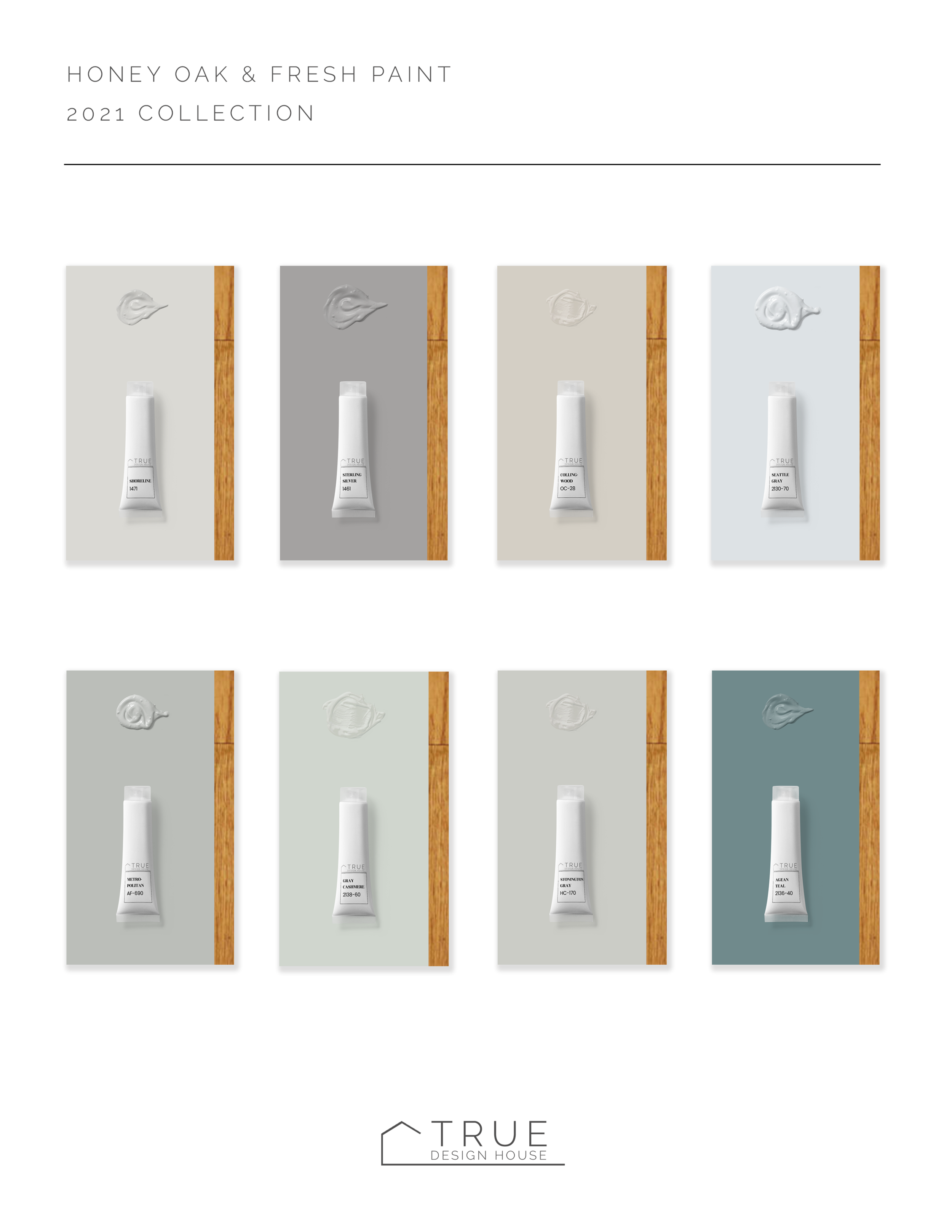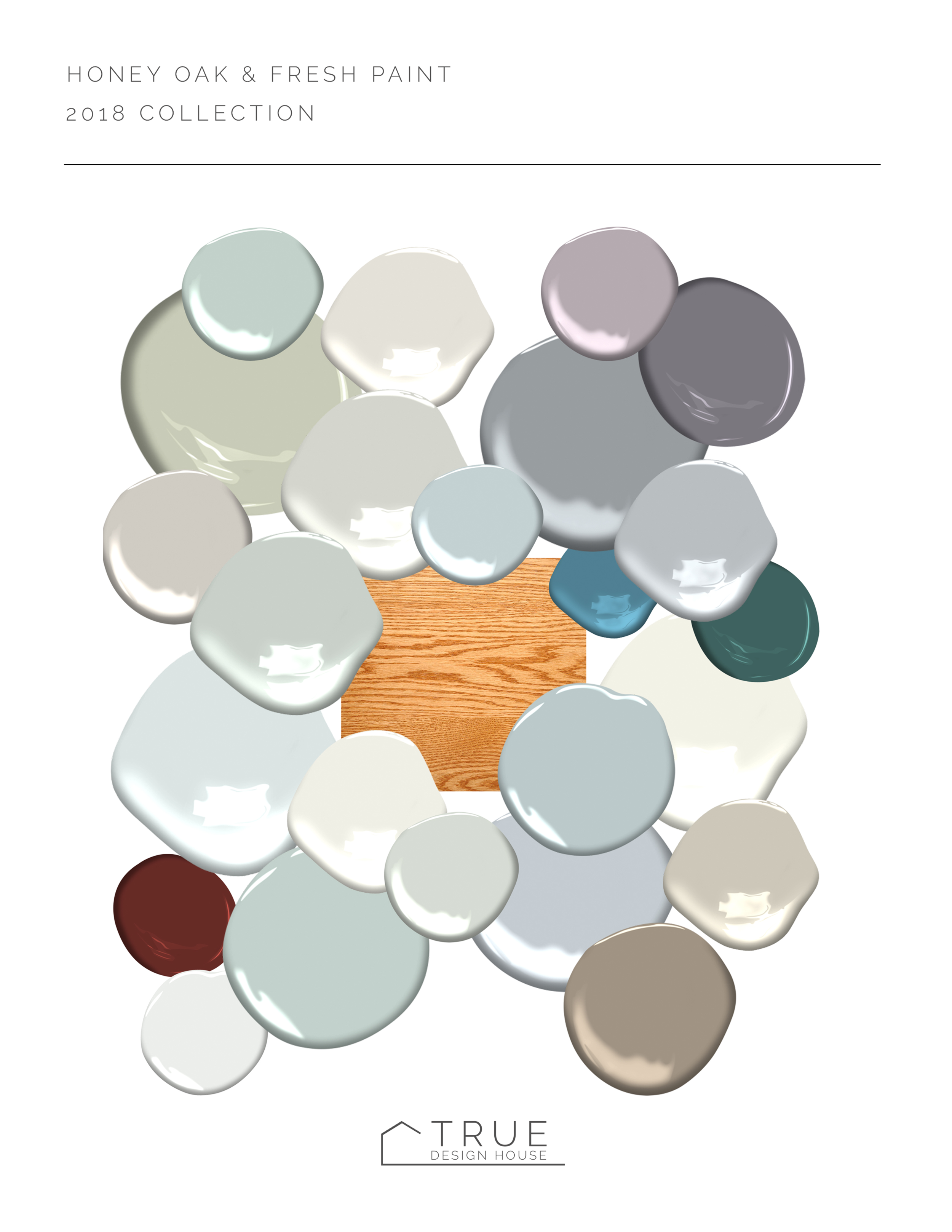This week brought this fabulous question to my email inbox!
Hi Tara,
We live in a bi-level with the old style kitchen and separate dining room. We want to knock out a wall and make a larger kitchen and eliminate the dining room. We are having a tough time deciding between white or dark cabinets (current ones are honey oak). Are either timeless? Also, we want to add some built in cabinets in the living room, should they be the same color as the kitchen cabinets?
Hi there!
So, this is a very common question with a very complex answer and I’m so glad you asked it! The answer requires a bit of a design thinking in a few other areas: balance and details. When both of these areas are addressed, the cabinet finish question really becomes less of ‘which is right’ and more of ‘how can I make either of these look right’, because the truth is, either can look amazing.
How can that be? Well, as I’m sure you’ve already seen in the endless research you’ve likely been doing on Houzz, Pinterest or Google Images, either dark or white cabinets can look so, so good. And, either white or dark cabinets can be timeless (more on that in a minute). So, how do you narrow it down for your space when there seems to be no easy right answer? I’ll lead you through a few things to consider for each finish because in the end, it all comes down to whatever is the most appealing to you, what makes you the most comfortable. There is no right answer because both are right.
White cabinet considerations:
White cabinets have a clean, airy, fresh feel.
They open up a space visually and make a room feel much bigger and brighter.
There are so many shades of white cabinets right now and so many detailed finishes that can all really change the look (from stark white to warm antique white, from a solid finish to a gel stain glazed into the corners). White cabinetry is not always just plain white.
White tends to give you so much more flexibility with the other finishes in the space – you have practically no limit to the flooring, backsplash and wall options, when it comes to either color or pattern. This is a huge, huge advantage over trying to work with a wood tone.
Yes, lighter cabinets show dirt and dust build up faster than darker finishes. I would argue, however that in sunlight, dark cabinets often show build up more while adding on much more visible water marks from wiping cabinets. Besides, sometimes knowing when your cabinets need a wipe and being able to have them actually look clean when you do it is a nice thing.
Dark cabinet considerations:
Dark cabinets have a rich, warm, solid, inviting feel.
They can make a space feel cozy and luxurious.
In a mainly-winter climate (hello Northern Hemisphere people), it’s important to remember that sunlight bouncing off snow is very blue or grey. It makes all other colors look bluish or greyish – imagine wearing faintly blue-tinted glasses and looking around your room. To counter this, a warm toned room feels really good. No soul on a snow-covered tundra in February wants their home to feel more icy and cold.
There are a lot of shades of dark wood stains available – from warmer reddish browns to stark, almost grey-black tones, so it’s possible to get a variety of looks in darker wood.
Having said that, it can be difficult to match or coordinate the wood tone of the cabinets with other wood tones in the house, either more permanent elements (flooring, baseboards, doors) or the more flexible items (furniture, accessories). This is the classic problem with a kitchen renovation where you don’t have (or want to create) a blank slate in the rest of the house.
Cabinets can be stained with a rub-in semi-transparent stain which shows the grain or sprayed with a solid stain – both have very different looks, so there are a lot of options here as well.
A wood tone with visible grain adds a visual texture to the room – this can be a great natural element but it can also make it difficult to choose other finishes for the space, especially a patterned backsplash that can often compete visually and make things very ‘loud’.
A kitchen with dark cabinets really looks best balanced with a lot of light – rooms with large windows are a prime candidate for gorgeous dark cabinets but even rooms with little natural light can look beautiful with carefully considered lighting (LED pot lights, lots of bright and airy pendants over an island, an oversized fixture hanging over the table).
Darker cabinets tend to have more visible sheen due to their finish and this can make people crazy trying to wipe off drips and smudges, and then polishing those wet cloth marks away. Even though the general impression out there is that dark cabinets are easier to keep clean, dark finishes do show dust and smudges just as much as lighter cabinets with the added bonus of also showing water marks when they are wiped clean. Is it possible to keep dark cabinets gorgeous, though? Of course and for many people it’s worth it.
What do you love?
As you can see, there are benefits and challenges to either scenario and what I always end up recommending to my clients is that in the end, you just have to go with what you love and work out the details surrounding it. Chances are, there is a dream kitchen in your mind and it has a certain look to it that you are in love with. More often than not, it’s a look you return to over and over. Maybe you are trying to convince yourself that something else is a better fit – I wouldn’t go down that road. Go with what you know you love and it will be something you love.
Now for the rest of the picture...
Balance & Details
Once you’ve chosen a cabinet finish you need to balance it out. What does that mean? Well, whatever you do with that big, huge, dominating presence in your room (the cabinets), you are going to want to do the opposite for a lot of the other elements in the space.
If you are going with dark cabinets, you are going to want to make sure you have lots of lighter elements in your room. These can be things like actual light (windows and light fixtures), lighter and brighter ‘permanent’ elements (backsplash, countertop, flooring, appliances) and visually lighter accessories (big, airy art pieces, a huge mirror, creamy white throws, a large light colored centerpiece on the table, lighter throw rugs, white furniture, etc).
If you choose to go with white cabinets, you are going to want to balance things out with some darker elements to ground your space, warm it up and keep it from looking like a white cave or sterile operating room. In this case, you would take that list above and consider those things in some nice dark, rich tones.
One last thing that really pulls together the look and feel of a space – it’s all framed by those details. Regardless of the color or tone of your cabinetry, it's the style of the doors, the type of hardware, the light fixtures, the accessories, the art and the furniture that give a room it’s polish and it’s mood. I’ve seen black cabinets that are at home in a rustic country kitchen and pure white cabinetry that is right at home in an ultra modern kitchen. Take a close look at those small elements in some of the kitchen photos that you love – I bet you will find that many of them share a similar style.
To Match or Not To Match
And finally, to answer your question about matching cabinets and built-ins – this is something that can also go either way. On one hand, if the flooring is the same throughout both spaces, I feel like giving the kitchen some division by having a different color works well. The living room doesn’t want or need to feel like a part of the kitchen. On the other hand, if you have different flooring in both rooms, another color for the trim, and possibly even more wood tones in the doors, furniture and bathroom cabinetry, it can add some cohesiveness to maintain the same cabinetry throughout a house. I would aim to pull things together if they need it (keep it the same) or give some definition to the spaces if they don’t (do two different finishes).




































